Refrigerator Working Principle: How The Machine Was Invented?
Harin - Aug 04, 2020
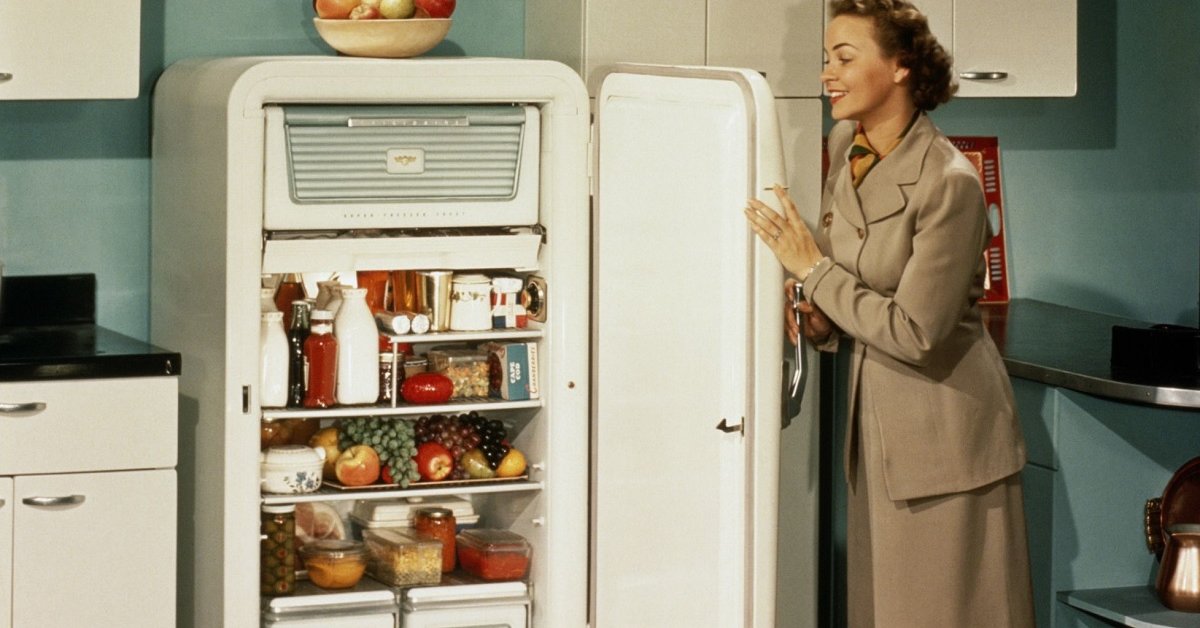
Refrigeration is used to preserve food and other perishable items, thus preventing foodborne illnesses. So, what is the refrigerator working principle?
During refrigeration, heat is removed, creating cooling conditions. It is used to preserve food as well as other perishable items, thus preventing foodborne illnesses. Lower temperatures will slow down the growth of bacteria. For a thousand years, people have used cooling methods to preserve food. It is not until recently that the modern refrigerator was invented. Today, refrigerators as well as air conditioners make up 20% of energy consumption globally. So, what is the refrigerator working principle? Keep on reading to find out.
Refrigerator Working Principle
History
Around 1000 B.C, ice was cut and stored by the Chinese. 500 years later, the Indians and Egyptians discovered that they could make ice by leaving the earthenware pots out under the cold nights. Other civilizations including the Romans, Hebrews, and Greeks kept the snow in pits and used various insulating materials to cover them. During the 17th century, in many places around Europe, saltpeter was dissolved in water to create cooling conditions and to make ice. During the 18th century, in winter, residents of European countries collected ice, salted it, used flannel to wrap it and then stored it underground for months. Back at the time, people were even able to ship ice to other locations worldwide.
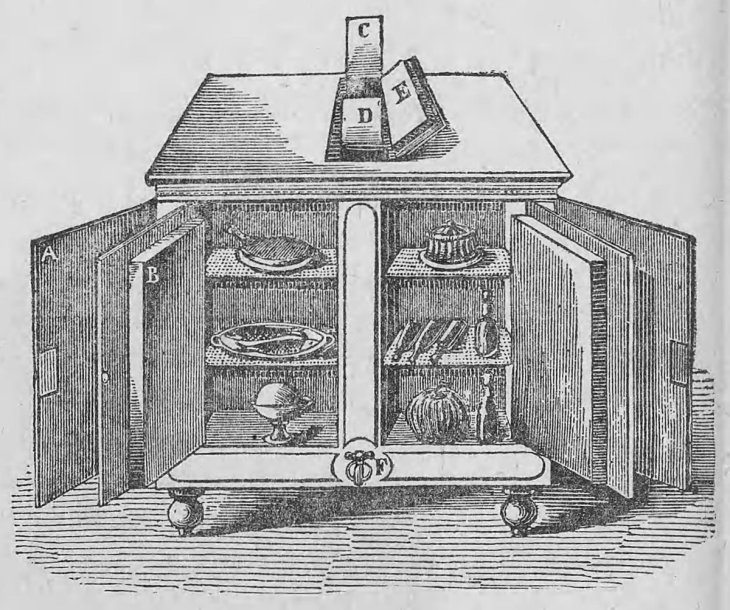
When the ice was not available, people made use of cool cellars or put goods underwater. Others made their own iceboxes. They lined wooden boxes with zinc or tin and an insulating material like seaweed, sawdust, or cord and filled them with ice or snow.
Evaporative cooling
The concept of mechanical refrigeration came around in the 1720s after Scottish doctor William Cullen observed the cooling effect of the evaporating process. In 1748, he demonstrated his ideas by with a vacuum, by evaporating ethyl ether.
In 1805, American inventor Oliver Evans designed but didn’t build a refrigeration machine using vapor rather than liquid. In 1820, Michael Faraday, an English scientist, created cooling with liquefied ammonia.
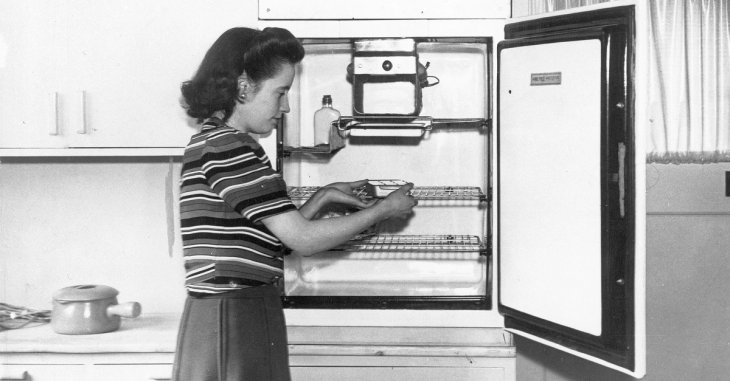
In 1835, Jacob Perkins who was Evans' colleague, received a patent for his vapor-compression cycle that used liquid ammonia.
In 1842, American doctor John Gorrie built a machine that was similar to the design of Evans. The refrigerator of Gorrie was used to create ice and cool down yellow fever patients in a Florida hospital. In 181, Gorrie received a patent for his artificial creating ice method.
Other inventors continued to develop new as well as improving existing cooling techniques for refrigeration.
In 1859, French engineer Ferdinand Carré used ammonia and water to develop a refrigerator.
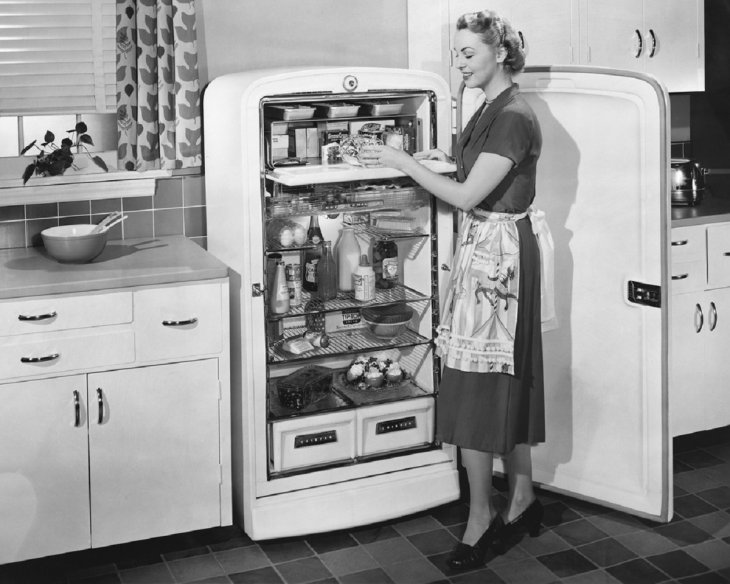
In 1873, German scientist Carl von Linde used methyl ether to create a portable refrigeration machine. In 1876, he switched to using ammonia. In 1894, he came up with new methods to liquefy large amounts of air.
In 1899, American inventor Albert T. Marshall received a patent for the first mechanical refrigerator.
In 1930, Albert Einstein, the renowned physicist, patented a refrigerator with the idea of making an environmentally-friendly refrigerator that didn't rely on electricity.
Commercial refrigeration started becoming famous by the end of the 19th century thanks to breweries. In 1870, a brewery in Brooklyn, New York installed the first refrigerator.
Following breweries was the meatpacking industry with the first refrigerator installed in Chicago.
By the 1920s, it was essential for households to own a refrigerator.
Refrigerator working principle
Today refrigerators and refrigerators from a hundred years ago still work very similarly: by evaporating liquids. The liquid chemicals or refrigerants evaporate at low temperatures.
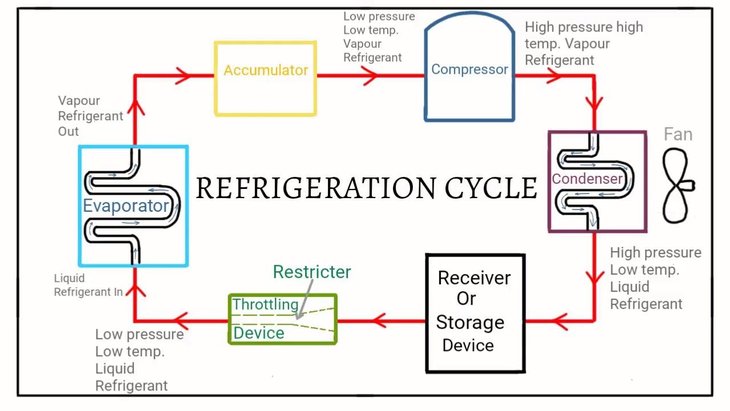
The liquids are pushed through tubes around the refrigerator and begin to vaporize. When the liquids evaporate, the heat is carried away with them. The gases travel to a coil that is outside of the fridge. This is where the heat is released. The gases go back to a compressor. And they return to their liquified state. The cycle repeats over and over again.
Common refrigerator problems
Water leaking
When you find water leaking out of your fridge, it is because of a blocked defrost drain. You can find the defrost drain on the back of the freezer. The drain hose can easily be clogged by debris or a buildup in food particles, leading to water leaking. To fix this, use warm water to drain the hole or remove the clog with a long, slender instrument like a pipe cleaner.

The freezer isn’t cold enough
Do you find your freezer isn’t cold enough? First, check the back wall to see if it is cold or not. If it is, check whether you can hear the sound of the evaporator fan running or whether you can feel the air from the vents. If you cannot, this is most likely a problem with the freezer evaporator fan. If you can hear the fan running and feel the air flowing, check the compressor. You should clean any dust as it could prevent the air from moving around the coils.
So that is the history and the refrigerator working principle.
>>> When Air Conditioner Was Invented And How It Was Invented
Featured Stories

Features - Jul 01, 2025
What Are The Fastest Passenger Vehicles Ever Created?

Features - Jun 25, 2025
Japan Hydrogen Breakthrough: Scientists Crack the Clean Energy Code with...

ICT News - Jun 25, 2025
AI Intimidation Tactics: CEOs Turn Flawed Technology Into Employee Fear Machine

Review - Jun 25, 2025
Windows 11 Problems: Is Microsoft's "Best" OS Actually Getting Worse?

Features - Jun 22, 2025
Telegram Founder Pavel Durov Plans to Split $14 Billion Fortune Among 106 Children

ICT News - Jun 22, 2025
Neuralink Telepathy Chip Enables Quadriplegic Rob Greiner to Control Games with...

Features - Jun 21, 2025
This Over $100 Bottle Has Nothing But Fresh Air Inside

Features - Jun 18, 2025
Best Mobile VPN Apps for Gaming 2025: Complete Guide

Features - Jun 18, 2025
A Math Formula Tells Us How Long Everything Will Live

Features - Jun 16, 2025
Comments
Sort by Newest | Popular